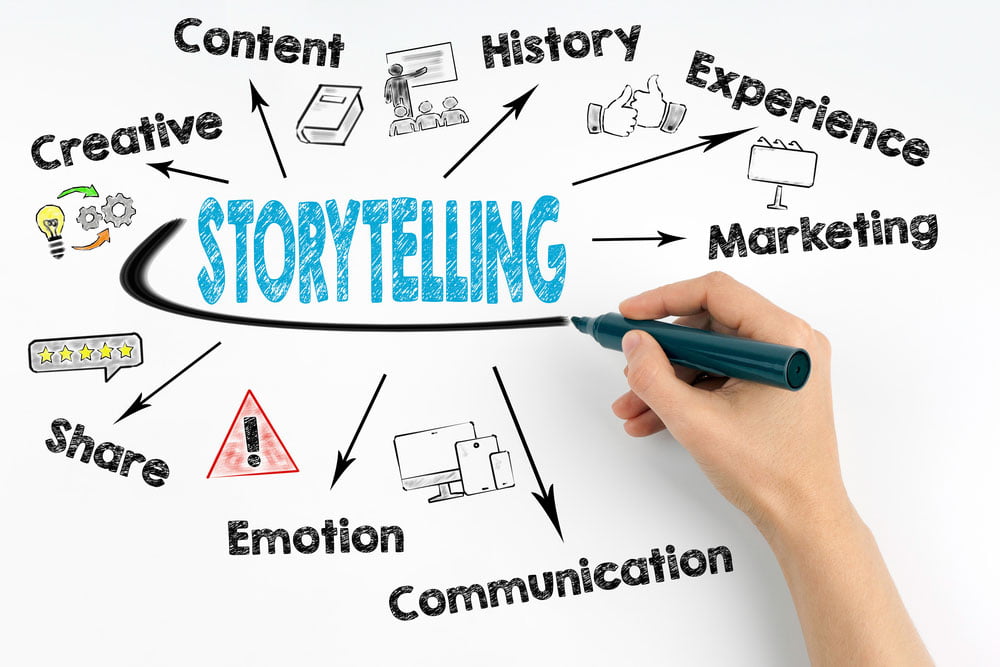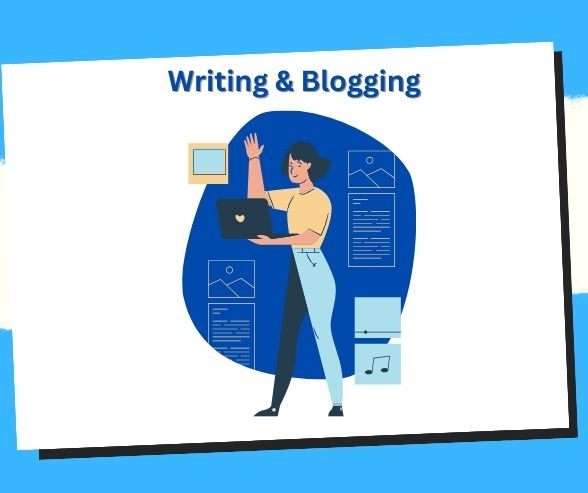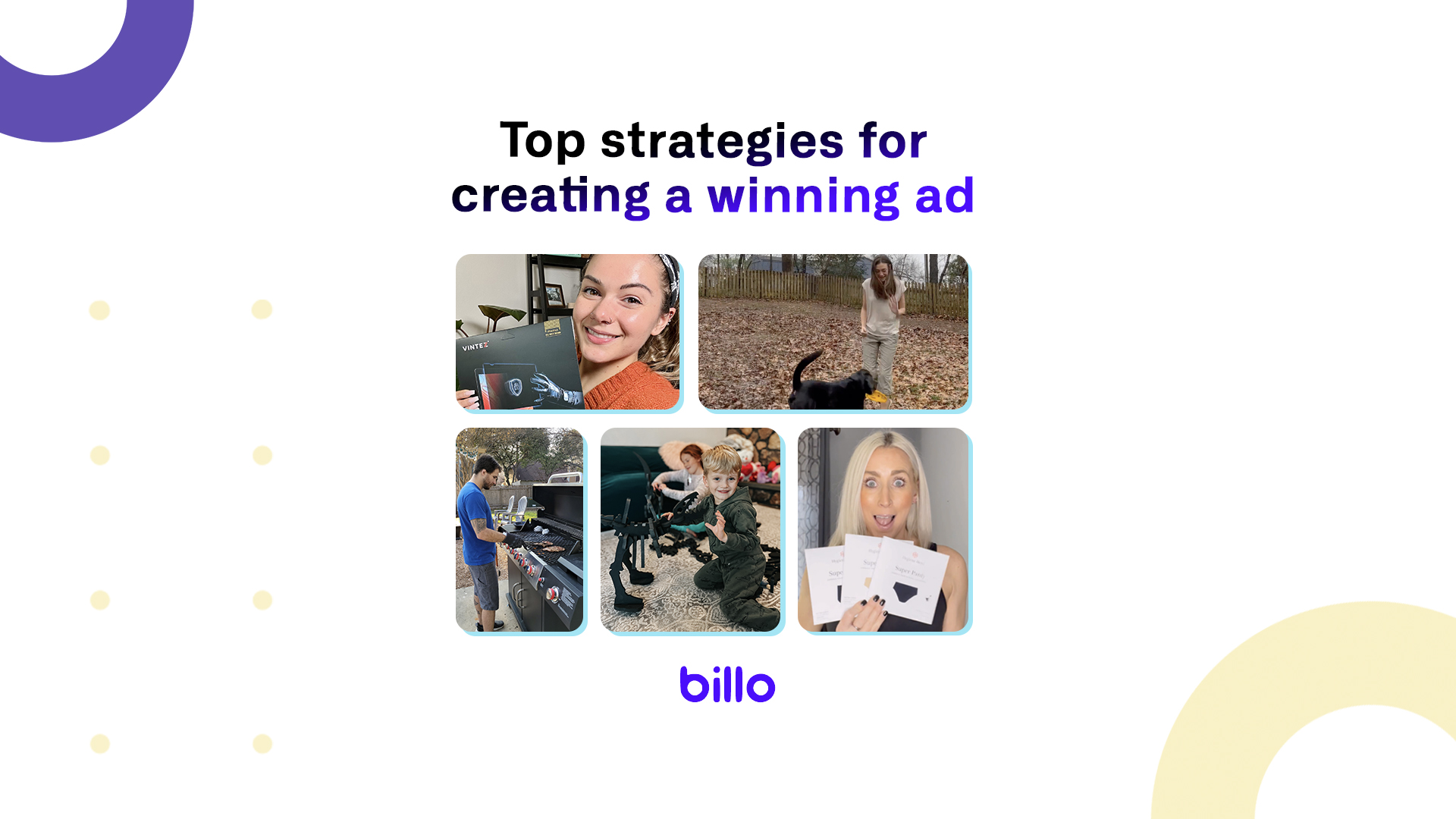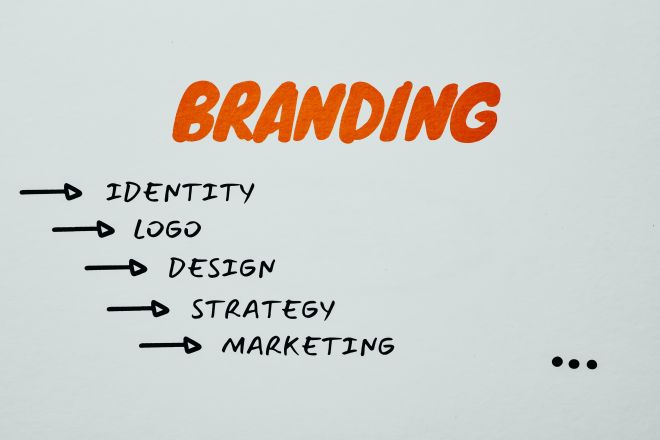Unlocking the Power of Persuasion: How to Craft Compelling Product Narratives

You’ve poured your heart and soul into crafting a product or service that you believe in. Now, the challenge is to translate that passion into a compelling narrative that resonates with your ideal customer. This is where the art of product marketing and sales comes into play.
As an interior design expert and architect, I’ve witnessed firsthand how the right design can transform a space, creating a feeling of comfort, functionality, and beauty. This same principle applies to selling your product. Your goal is to design a narrative that transforms your customer’s perception, showcasing the unique value your offering brings to their lives.

Understanding the Core: Features vs. Benefits
Before we dive into crafting your narrative, let’s clarify the difference between features and benefits.
- Features: These are the tangible aspects of your product or service. They describe what it is and does. Think of them as the building blocks of your offering.
- Benefits: These are the intangible outcomes your customer receives by using your product or service. They answer the question, "What’s in it for me?" and address the customer’s needs, desires, and pain points.


Here’s a simple example:
- Feature: Our sofa is made with high-quality leather.
- Benefit: Enjoy luxurious comfort and lasting durability with our premium leather sofa.


The Power of Benefits

While features are important, they don’t sell. Benefits are the driving force behind purchasing decisions. They connect with the customer’s emotions and aspirations, making them feel understood and valued.

The "Why It Matters" Framework
To effectively communicate the benefits of your product or service, I recommend using the "Why It Matters" framework. This approach helps you tailor your message to your target audience and create a compelling narrative that resonates with their needs.

Here’s how it works:
- Identify your ideal customer: Who are you trying to reach? What are their demographics, lifestyle, and pain points?
- Define their needs and desires: What problems are they facing? What are their aspirations?
- Connect your product’s benefits to their needs and desires: How does your product or service solve their problems and help them achieve their goals?
- Highlight the "Why It Matters" factor: Explain the emotional impact of using your product or service. How will it improve their lives?


Let’s break down this framework with an example:

Product: A smart home security system.
Ideal Customer: A busy professional with a young family who values safety and peace of mind.
Needs and Desires: They want to feel secure about their family’s safety while they’re at work or traveling. They also appreciate convenience and technology that simplifies their lives.

Benefits:
- Enhanced Security: Our system provides 24/7 monitoring and instant alerts, giving you peace of mind knowing your family is protected.
- Convenience: Control your system remotely through a user-friendly app, allowing you to manage your security from anywhere.
- Peace of Mind: Our advanced technology ensures you’re always in control, letting you focus on what matters most – your family.
Why It Matters: With our smart home security system, you can finally relax knowing your family is safe and secure, even when you’re not home. You can enjoy peace of mind and focus on what truly matters, knowing that your home is protected.
Crafting Your Narrative: A Step-by-Step Guide
Now that you understand the importance of benefits and the "Why It Matters" framework, let’s delve into crafting a compelling narrative for your product or service.
1. Start with a Hook: Grab your audience’s attention with a captivating opening. This could be a compelling question, a surprising statistic, a relatable anecdote, or a vivid image.
2. Introduce the Problem: Clearly define the problem your product or service solves. Emphasize the pain points your ideal customer experiences and make them feel understood.
3. Present the Solution: Introduce your product or service as the solution to their problem. Use clear and concise language to explain its features and benefits.
4. Showcase the Benefits: This is where the "Why It Matters" framework comes into play. Connect the benefits of your product to your customer’s needs and desires. Use vivid language and compelling stories to paint a picture of how your product will improve their lives.
5. Provide Social Proof: Share testimonials, case studies, and reviews from satisfied customers. This builds trust and credibility, showing that your product delivers on its promises.
6. Call to Action: Clearly state what you want your audience to do next. This could be visiting your website, contacting you for a consultation, or making a purchase.
Example Narrative:
Hook: Are you tired of feeling stressed about your home’s security?
Problem: In today’s world, it’s harder than ever to feel truly safe in your own home. You worry about break-ins, vandalism, and other security threats, especially when you’re away.
Solution: Introducing our revolutionary smart home security system, designed to provide you with peace of mind and complete control over your home’s security.
Benefits:
- Enhanced Security: Our system features advanced sensors, motion detectors, and 24/7 monitoring, ensuring you’re alerted to any potential threats in real-time.
- Convenience: Control your security system from anywhere with our user-friendly app. Lock and unlock doors, adjust lighting, and receive instant notifications, all at your fingertips.
- Peace of Mind: Finally, you can relax knowing your home is protected, allowing you to focus on what truly matters – your family.
Social Proof: "Since installing this system, I feel so much more secure. I can finally sleep soundly knowing my family is protected." – John, satisfied customer.
Call to Action: Visit our website today to learn more about our smart home security system and take control of your home’s safety.
The Power of Storytelling
Remember, your narrative is more than just a list of features and benefits. It’s a story that connects with your audience on an emotional level. Use vivid language, compelling imagery, and relatable anecdotes to bring your product to life.
Here are some storytelling techniques to consider:
- Use metaphors and analogies: Help your audience understand complex concepts by comparing them to familiar experiences.
- Share customer stories: Real-life testimonials can be incredibly powerful in building trust and credibility.
- Use humor: A well-placed joke can make your message more memorable and engaging.
- Appeal to emotions: Connect with your audience on an emotional level by highlighting the benefits of your product and how it will improve their lives.
The Importance of Consistency
Once you’ve crafted your narrative, ensure it’s consistent across all your marketing materials. This includes your website, social media, brochures, and advertisements. A unified message will reinforce your brand identity and make it easier for your audience to understand your value proposition.
Remember, the key to successful product marketing is to understand your customer’s needs and desires and communicate the value your product or service brings to their lives. By using the "Why It Matters" framework and crafting a compelling narrative, you can transform your product into a story that resonates with your audience and drives sales.
